Pollution has transformed many of the world’s most stunning beaches into distressing reminders of environmental neglect. Once offering pristine sands and tranquil waves, these coastal paradises are now plagued by waste, toxins, and damage that render them nearly unusable. As you read through this list, you might find yourself wondering how so much beauty could be so carelessly tainted — and what can be done to rescue these natural treasures. Here are 14 beaches that have become poster children for environmental degradation, revealing the urgent need for change.
1. Boracay Island, Philippines

Once celebrated for its powdery white sands and mesmerizing sunsets, Boracay Island became infamous for its overwhelming pollution. Unchecked tourism led to poor waste management, with sewage and garbage piling up beyond control. In 2018, the Philippine government took the drastic step of closing the island to tourists for six months to clean up the mess. According to a CNN report, this “rehabilitation” was necessary to prevent further environmental catastrophe and restore Boracay’s former glory.
While the cleanup has seen some success, challenges remain. Tourist numbers are capped and waste management systems have been revamped, but the island’s ecosystem is still fragile. You might still encounter occasional closures as authorities work to maintain a balance between tourism and preservation. Boracay stands as a lesson on the impacts of overtourism and the long road to recovery.
2. Kamilo Beach, Hawaii

Once a stunning Hawaiian paradise, Kamilo Beach is now known for its accumulation of plastic debris. Ocean currents deposit tons of waste onto its shores, earning it the nickname “Plastic Beach.” Walking along Kamilo, you’ll find more synthetic materials than seashells or sand, a disheartening testament to the plastics crisis. It’s a sobering experience, reminding you how far-reaching human impact can be.
Efforts to clean Kamilo Beach are ongoing but often feel like an uphill battle. Community organizations and volunteers frequently gather to remove trash, but the relentless tide of debris keeps coming back. This beach highlights the global issue of ocean plastic pollution and underscores the need for systemic change. Your help — through reducing plastic use or supporting cleanups — can be part of the solution.
3. Juhu Beach, India
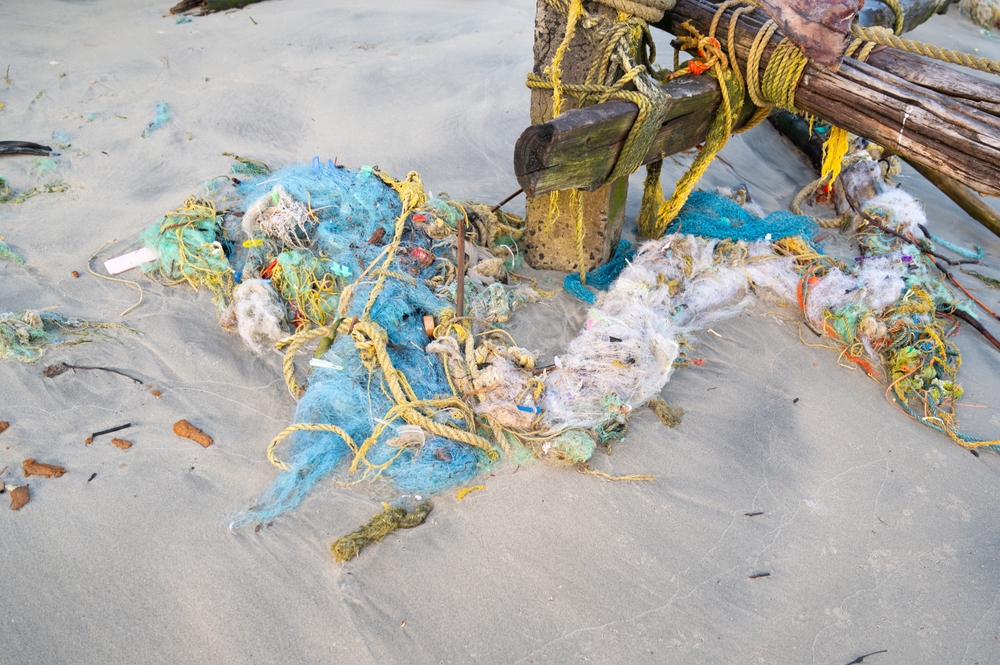
Juhu Beach in Mumbai was once a serene escape for locals, but it has since become infamous for its severe pollution. The beach is often covered in garbage, largely due to the city’s inadequate waste management infrastructure. It’s not uncommon to see piles of refuse washed ashore, creating an unpleasant experience for visitors. According to a BBC report, Juhu Beach epitomizes the struggle faced by urban centers worldwide to manage waste effectively.
Local initiatives have worked tirelessly to clean up the area, yet much work remains to be done. Community-driven efforts like beach cleanup drives have made some impact, demonstrating the power of grassroots movements. You can often see volunteers gathering on weekends, doing their part to restore Juhu’s natural beauty. Still, it serves as a stark reminder of the need for more comprehensive waste management solutions in urban areas.
4. Guanabara Bay, Brazil

Guanabara Bay, once a breathtaking vista in Rio de Janeiro, is now marred by pollution and neglect. The beaches around the bay suffer from untreated sewage and industrial waste, making them unsuitable for swimming. This unsavory mix of pollutants tarnishes its reputation, particularly as it was a venue for Olympic water sports in 2016. The stark contrast between its natural beauty and current state is a call for immediate action.
Local government and international organizations have pledged to clean up the bay, but progress has been slow. Decades of neglect have created a complex situation involving multiple stakeholders. Efforts have focused on improving sewage treatment and reducing industrial discharge. You might still catch glimpses of its former splendor, but extensive restoration work is needed to make Guanabara Bay safe and enjoyable for all.
5. Versova Beach, India

Versova Beach in Mumbai was notorious for its staggering levels of pollution until a monumental cleanup changed its fate. Once blanketed in waste, this beach became a symbol of hope and resilience thanks to massive volunteer efforts. Led by a local lawyer, Afroz Shah, the cleanup drew global attention and was recognized by the United Nations as one of the world’s largest beach cleanups. A CNN article highlighted how dedicated volunteers collected over 5 million kilograms of trash, transforming Versova into a cleaner, safer space.
Despite the transformation, challenges continue as pollution persists and maintenance is a constant struggle. You can see volunteers tirelessly working to maintain the progress achieved over the years. The cleanup also inspired similar initiatives around the world, showcasing the power of community action. Versova stands as a testament to human tenacity and the possibility of change, even in dire situations.
6. Maya Bay, Thailand

Maya Bay, made famous by the film “The Beach,” became a victim of its own popularity. Over-tourism led to severe ecological damage, prompting the Thai government to close the beach in 2018. Coral reefs were trampled, and marine life suffered due to the sheer number of tourists. Maya Bay serves as a cautionary tale of what happens when natural beauty is overexposed and underprotected.
The closure allowed the ecosystem a chance to recuperate, with signs of coral regrowth and wildlife returning. You can now only visit designated areas by boat, part of a broader effort to control human impact. This restricted access reflects a new approach to sustainable tourism, balancing visitor interest with environmental preservation. For Maya Bay, the path to restoration is ongoing, but promising.
7. Haina Beach, Dominican Republic

Haina Beach, located near one of the most polluted areas in the Dominican Republic, is heavily contaminated by industrial waste. The nearby lead refinery has long been a source of toxic pollution, making the beach unsafe for visitors. Environmental studies, such as those published by the Blacksmith Institute, have consistently ranked it among the world’s most polluted places. This toxic legacy is a stark reminder of the lasting impact of industrial negligence.
Efforts to clean up Haina have focused on reducing pollution at the source and addressing health issues in the local community. Cleanup initiatives are ongoing, but the sheer scale of contamination presents significant challenges. You won’t find typical beachgoers here; instead, you’ll encounter environmental activists and researchers assessing the damage. It’s a complex situation that requires strategic planning and international cooperation for meaningful change.
8. Freedom Island, Philippines
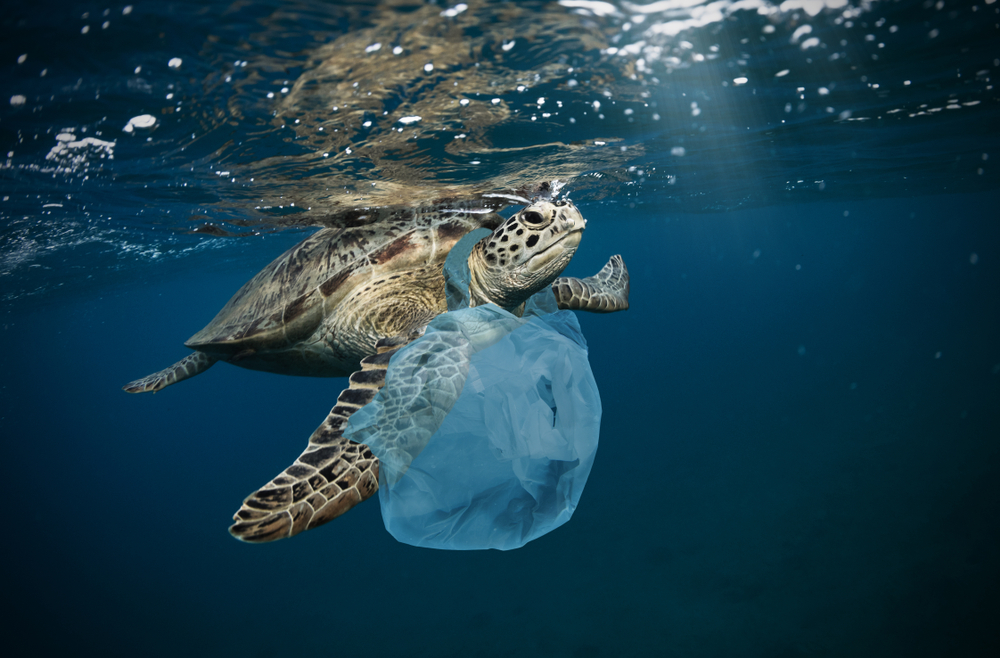
Freedom Island, a critical bird sanctuary near Manila, has seen its shores overtaken by waves of garbage. Plastic waste from the city’s rivers accumulates here, creating an unsightly and harmful mess. What should be a haven for wildlife has instead become a stark illustration of Manila’s waste management issues. The irony of its name is not lost as environmental damage threatens the island’s biodiversity.
Conservation groups regularly conduct cleanups to protect the wildlife, but the relentless influx of trash makes lasting progress difficult. You might imagine a paradise of birds and serenity, but instead, you’ll see volunteers painstakingly sifting through debris. These efforts spotlight the urgent need for systemic waste management reforms. Freedom Island remains a crucial battleground in the fight against plastic pollution.
9. Copacabana Beach, Brazil
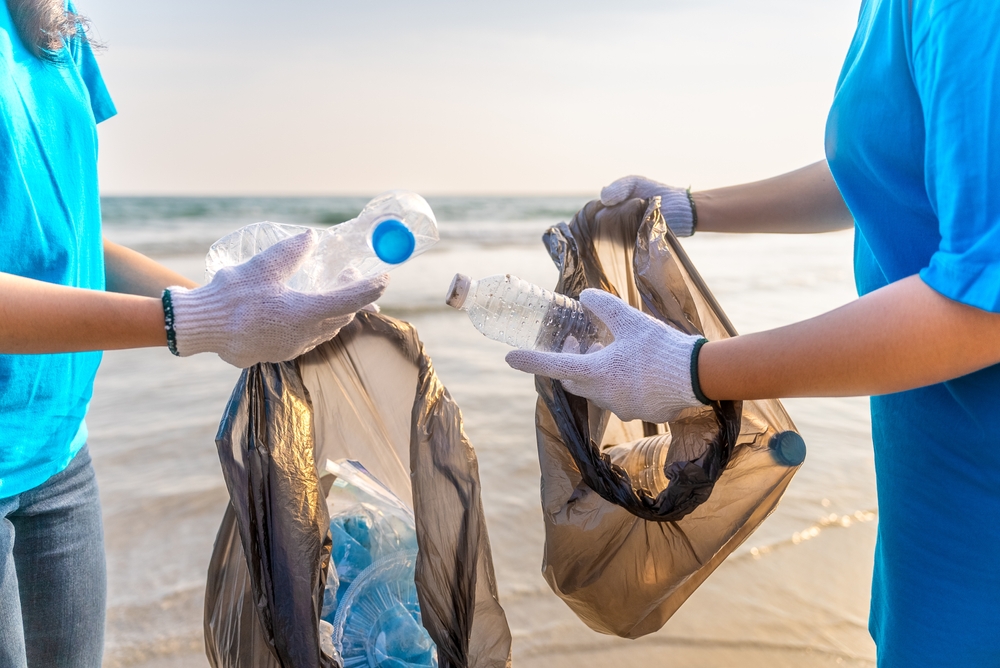
Renowned worldwide for its beauty, Copacabana Beach struggles with pollution issues that tarnish its reputation. Water quality frequently dips due to untreated sewage, especially after heavy rains. Tourists flocking to its sands often find themselves disappointed by the visible trash and questionable swimming conditions. This iconic beach is a case study in the consequences of urbanization without adequate environmental safeguards.
Local authorities have initiated projects to address sewage and waste management, but progress is incremental. Leisure activities still abound, but concerns linger about their sustainable future. You can still experience Copacabana’s vibrant culture and stunning views, but with an awareness of the environmental challenges it faces. Restoring Copacabana’s waters to their former clarity remains a complex, ongoing endeavor.
10. Pattaya Beach, Thailand
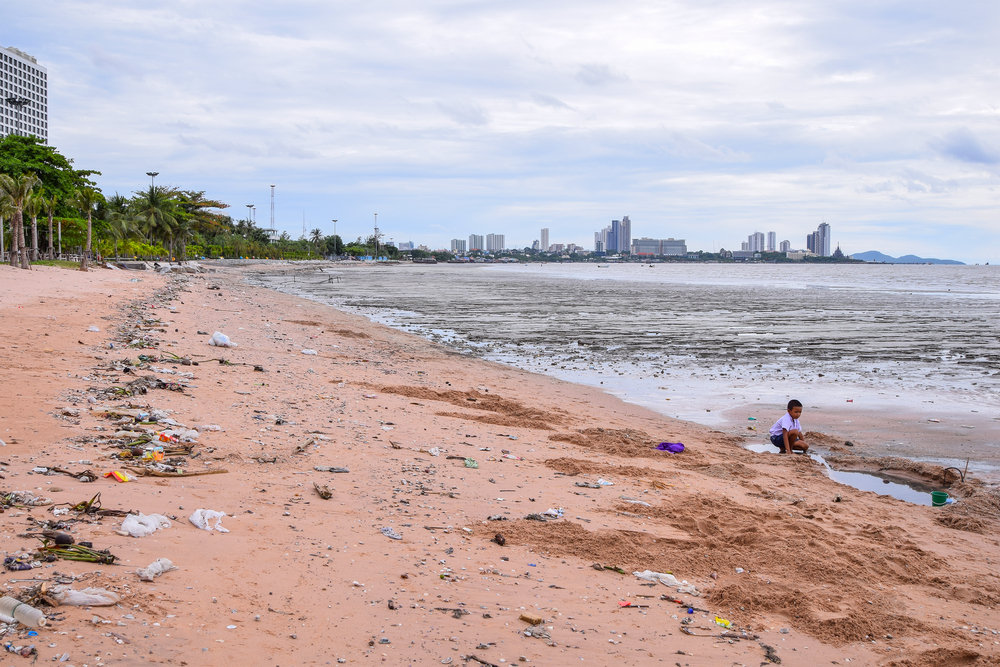
Once a picturesque getaway, Pattaya Beach now contends with pollution that affects both water quality and aesthetics. The rapid growth of the city has strained local infrastructure, contributing to sewage and litter problems. Visitors often find the beach less inviting due to murky waters and debris. Pattaya’s transformation is a stark reminder of the environmental toll of unchecked urban expansion.
Efforts to revitalize Pattaya Beach focus on improving waste management systems and promoting eco-friendly tourism. The city aims to balance its bustling tourism industry with sustainable practices to prevent further degradation. While the beach has made strides, you might still encounter areas needing attention. Pattaya stands at a crossroads, with its future dependent on meaningful environmental action.
11. Venice Beach, California
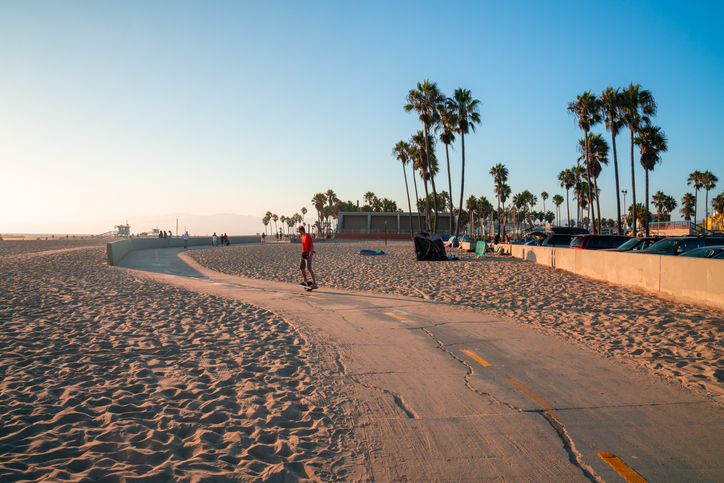
Venice Beach, known for its bohemian vibe and vibrant boardwalk, faces pollution challenges that impact its coastal allure. Stormwater runoff and litter from heavy foot traffic contribute to water quality issues. Visitors expecting pristine shores may instead find themselves navigating around trash and polluted waters. The beach’s storied reputation contrasts sharply with the reality of environmental pressures.
Local initiatives focus on reducing pollutants entering the ocean, with beach cleanups being a community staple. These efforts aim to preserve Venice Beach’s unique character while addressing its ecological needs. You can still enjoy the eclectic atmosphere and creative spirit, but with an awareness of the ongoing environmental battles. Venice Beach’s future depends on continued vigilance and proactive measures.
12. Durban Beach, South Africa
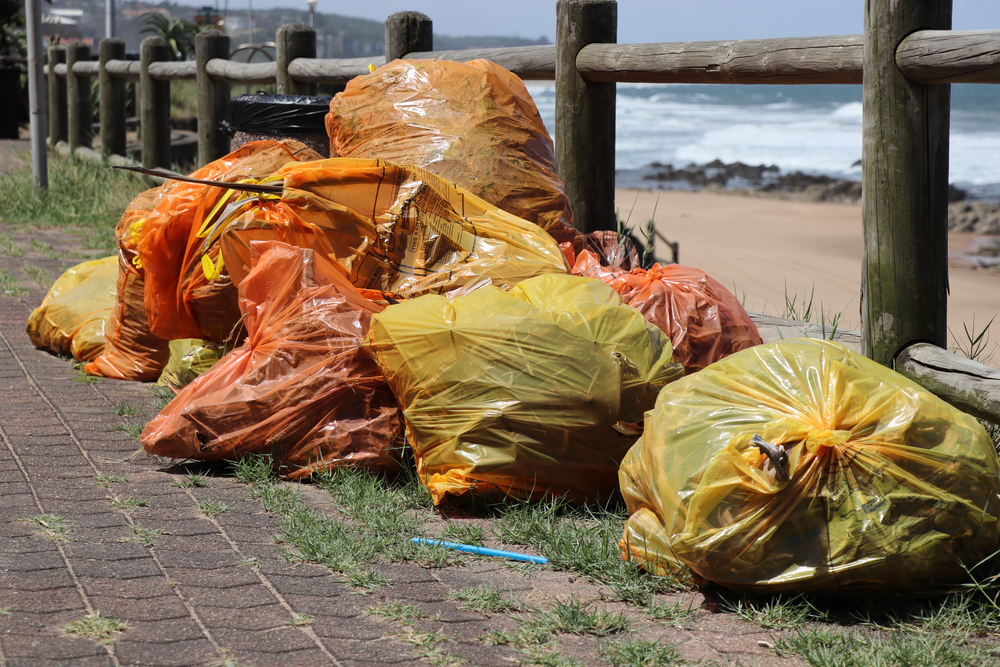
Durban Beach, a popular destination in South Africa, grapples with pollution that affects both its waters and reputation. Industrial runoff and litter have diminished water quality, making swimming a less appealing option. Visitors are often faced with the juxtaposition of natural beauty and environmental neglect. This once-pristine beach showcases the broader challenges facing coastal areas near urban centers.
Efforts to clean Durban Beach focus on regulating industrial discharge and engaging the community in preservation activities. The beach remains a vital part of local culture, with many working to restore its former glory. You might find yourself inspired by the resilient spirit of Durban’s community in their fight against pollution. Still, the path to recovery is long and requires sustained commitment.
13. Playa Blanca, Colombia

Playa Blanca on Colombia’s Caribbean coast once promised idyllic beauty but now faces pollution challenges. Over-tourism and inadequate waste management have led to visible trash and compromised water quality. Tourists seeking a tropical paradise often find a beach struggling under environmental strain. Playa Blanca exemplifies the delicate balance needed between tourism and natural preservation.
Local authorities are implementing measures to limit visitor impact and enhance waste management. These efforts highlight the need for sustainable tourism practices to safeguard Playa Blanca’s future. You can still witness its charms, albeit tempered by the realities of human impact. Restoring its pristine condition is a shared responsibility that requires both local and tourist cooperation.
14. Blackpool Beach, England

Once a symbol of British seaside fun, Blackpool Beach now deals with pollution issues that affect its appeal. Industrial activity and urban runoff contribute to water quality problems, particularly after heavy rains. Visitors expecting a quintessential beach experience may encounter litter and subpar swimming conditions. Blackpool’s situation underscores the environmental challenges faced by historic tourist destinations.
Initiatives to improve water quality and reduce waste are underway, aiming to rejuvenate Blackpool’s iconic status. Community engagement plays a crucial role in these efforts, with local campaigns promoting better waste disposal habits. You can still enjoy the nostalgic charm and lively atmosphere, but with a recognition of ongoing environmental challenges. Blackpool Beach’s revival hinges on collaborative efforts for a cleaner, more sustainable future.
